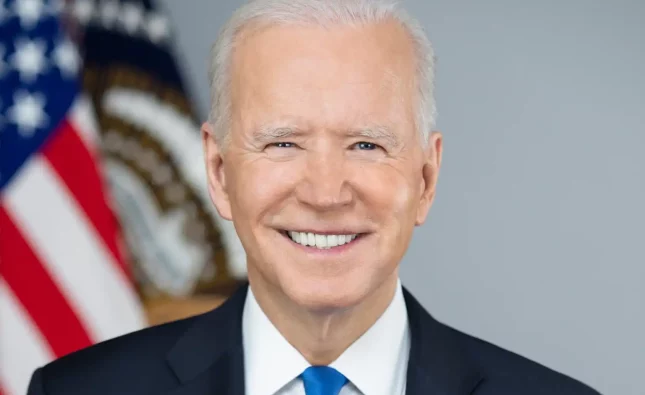
Are you tired of feeling like you need a second mortgage to pay for your healthcare? Do you ever find yourself questioning why the cost of medical care in the United States seems so astronomically high compared to other countries? If so, then this blog post is for you. Join us as we delve into the complex and often confusing world of U.S. healthcare costs and insurance coverage. From examining the factors that contribute to rising prices, to exploring potential solutions for increasing access and affordability, we’ll take a closer look at one of the biggest challenges facing Americans today: navigating our healthcare system without breaking the bank. So sit back, relax, and get ready to learn about The Cost Conundrum!
The high cost of healthcare in the United States
The high cost of healthcare in the United States is a major financial burden for many families. In 2013, the average annual cost of health insurance premiums and out-of-pocket medical expenses was $4,565 for individuals and $13,375 for families.1 This represents a significant increase from previous years, and the trend is expected to continue.
There are several factors contributing to the high cost of healthcare in the United States. First, our population is aging, and older Americans require more health services than younger adults. Second, advances in medical technology have led to more expensive treatments and procedures. Third, our economy is struggling, which has led to higher health insurance premiums and out-of-pocket costs for consumers.
The high cost of healthcare in the United States is a major problem that needs to be addressed. While there are no easy solutions, we must work together to find ways to make healthcare more affordable for all Americans.
1 https://www.healthinsurance.org/the-cost-conundrum
The lack of insurance coverage for many Americans
As many as 30 million Americans are without health insurance, and even more are underinsured. This lack of coverage can have devastating consequences, both financial and medical.
Medical debt is a major problem for many Americans. In fact, it is the leading cause of bankruptcy in the United States. A major illness or injury can easily lead to tens of thousands of dollars in medical bills, which can be impossible to pay off. Even with insurance, copays and deductibles can add up quickly.
Being uninsured also means that you are much more likely to forego needed medical care. This can lead to serious health complications down the road, as well as unnecessary suffering in the present. It is not uncommon for people without insurance to delay or forego necessary care because they simply cannot afford it.
The lack of insurance coverage for many Americans is a major problem that needs to be addressed. While there are no easy solutions, it is clear that something needs to be done to help those who cannot afford health insurance get the coverage they need.
The challenges of affording healthcare
There are many challenges that come with affording healthcare. One of the biggest issues is the rising cost of healthcare. There are a number of factors that contribute to the rising cost of healthcare, such as the increasing price of medical procedures and treatments, the aging population, and the increasing prevalence of chronic conditions.
Another challenge that comes with affording healthcare is insurance coverage. In the United States, there is a patchwork system of insurance coverage. Some people have private health insurance through their employers, while others have public health insurance through programs like Medicaid and Medicare. There are also those who are uninsured. The uninsured often have to pay out-of-pocket for their healthcare, which can be very expensive.
Lastly, another challenge that comes with affording healthcare is finding providers who accept your insurance coverage. In some cases, people may have to travel long distances to find a provider who accepts their insurance. This can be a burden, especially if you need to see a specialist or if you have a chronic condition that requires regular treatment.
The impact of the Affordable Care Act
The impact of the Affordable Care Act (ACA) has been far-reaching and profound. The ACA has helped to increase access to affordable health insurance coverage for millions of Americans. It has also resulted in improvements in the quality of care and health outcomes for many people. However, the ACA has not been without its challenges. One major challenge is the cost of healthcare. The cost of healthcare is a significant factor in whether or not people can afford to maintain their health insurance coverage. Another challenge is the availability of insurance plans that cover all of the essential health benefits required by the ACA. Despite these challenges, the ACA has had a positive impact on the lives of millions of Americans.
Healthcare costs and insurance coverage in other developed countries
In other developed countries, the government typically provides healthcare for all citizens through a single-payer system or some other form of universal healthcare. This ensures that everyone has access to basic medical care and reduces the overall cost of healthcare by spreading the risk across the population. In contrast, the United States has a more fragmented system in which people get their insurance from a variety of sources, including employers, the government (through programs like Medicaid and Medicare), and private insurers. This can lead to higher costs and lower levels of coverage, as well as disparities in access to care.
One major reason why healthcare costs are so high in the United States is that there is no limit on what providers can charge for services. In other countries, provider reimbursement rates are set by the government or negotiated between insurers and provider organizations. This helps to keep costs down, but it also may reduce innovation and limit access to certain types of care. Another factor that contributes to high healthcare costs in the United States is the administrative burden associated with our complex insurance system. Private insurers often have different reimbursement rates for different providers, which can lead to billing errors and increased paperwork for both providers and patients.
The Affordable Care Act (ACA) was designed to address some of these issues by expanding access to health insurance coverage and introducing new measures to control costs. However, many experts believe that more needs to be done in order to make healthcare truly affordable for all Americans. For example, some have proposed moving to a single-payer
Conclusion
Despite the high cost of healthcare in the U.S., it is still possible for individuals and families to find affordable options to meet their healthcare needs. This is largely due to insurance coverage, which can help offset some of the costs associated with medical care. While there will always be challenges associated with affordability and insurance coverage, with a bit of research, individuals should be able to find ways to access quality health care at a price they can afford.










